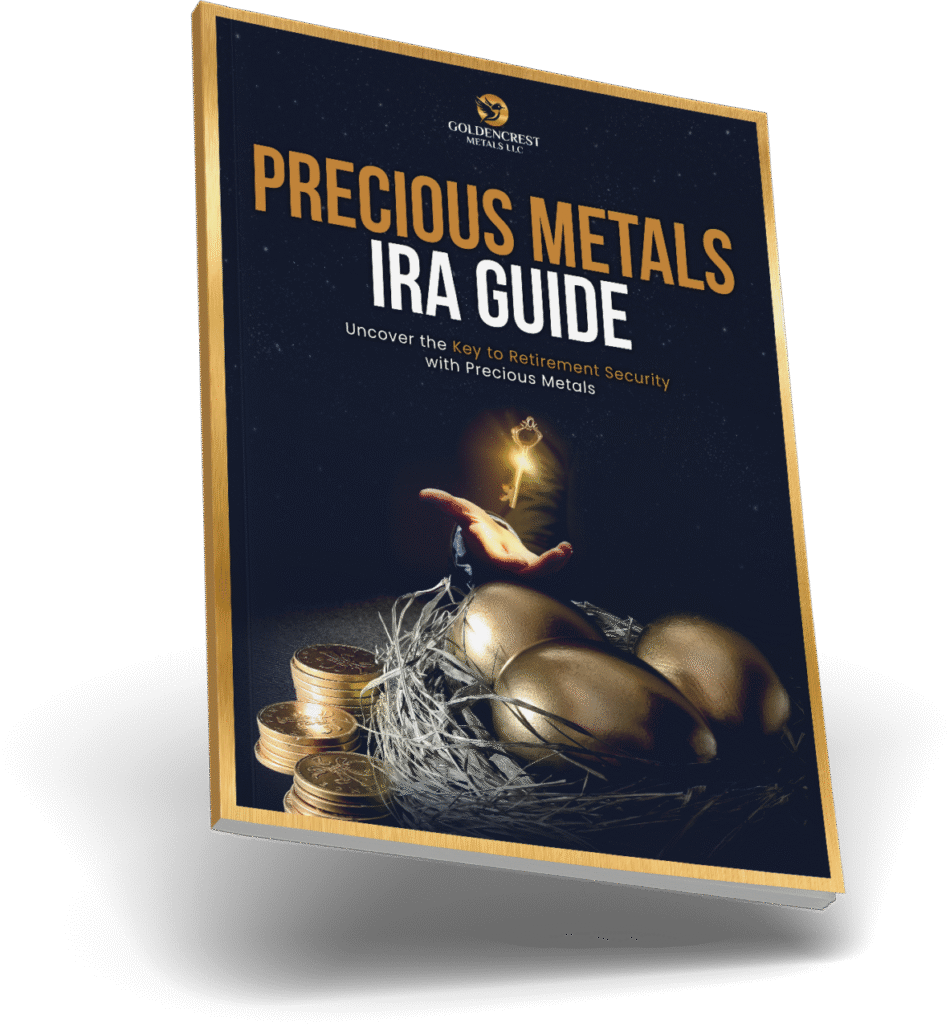Gold and silver have been trusted stores of value for thousands of years—but they serve different roles in a modern investment strategy. As inflation lingers, market volatility increases, and the dollar faces global scrutiny, both metals are gaining renewed relevance. But should you invest in gold, silver, or a combination of both?
This guide compares the core differences between gold and silver to help you decide which metal best fits your goals for wealth preservation, diversification, and long-term growth.
Gold is ideal for investors seeking long-term security, capital preservation, and a steady foundation within a diversified portfolio.
Despite hitting a 14-year high, silver still trades below its inflation-adjusted peak—making it attractive for investors with a long-term outlook and higher risk tolerance.
| Feature | Gold | Silver |
|---|---|---|
| Price per Ounce | $3,300+ | $40+ |
| Volatility | Low | High |
| Industrial Use | Minimal | Extensive |
| Liquidity | Extremely High | High |
| Inflation Hedge | Strong | Strong |
| Storage Space | Compact | Bulkier for same value |
| Ideal For | Wealth preservation | Growth + diversification |
Yes—many informed investors use gold and silver together to balance safety with upside. Gold acts as a defensive anchor, while silver brings offensive potential when industrial demand accelerates.
In a well-rounded strategy, gold offers stability and preservation. Silver brings leverage and growth.
At GoldenCrest Metals, we help clients build custom portfolios based on their goals, risk tolerance, and time horizon. Whether you’re allocating $10,000 or $500,000, our team will help you choose the right metals for your future.
Schedule your free, no-obligation consultation with a GoldenCrest specialist.
During your call, we’ll help you:
